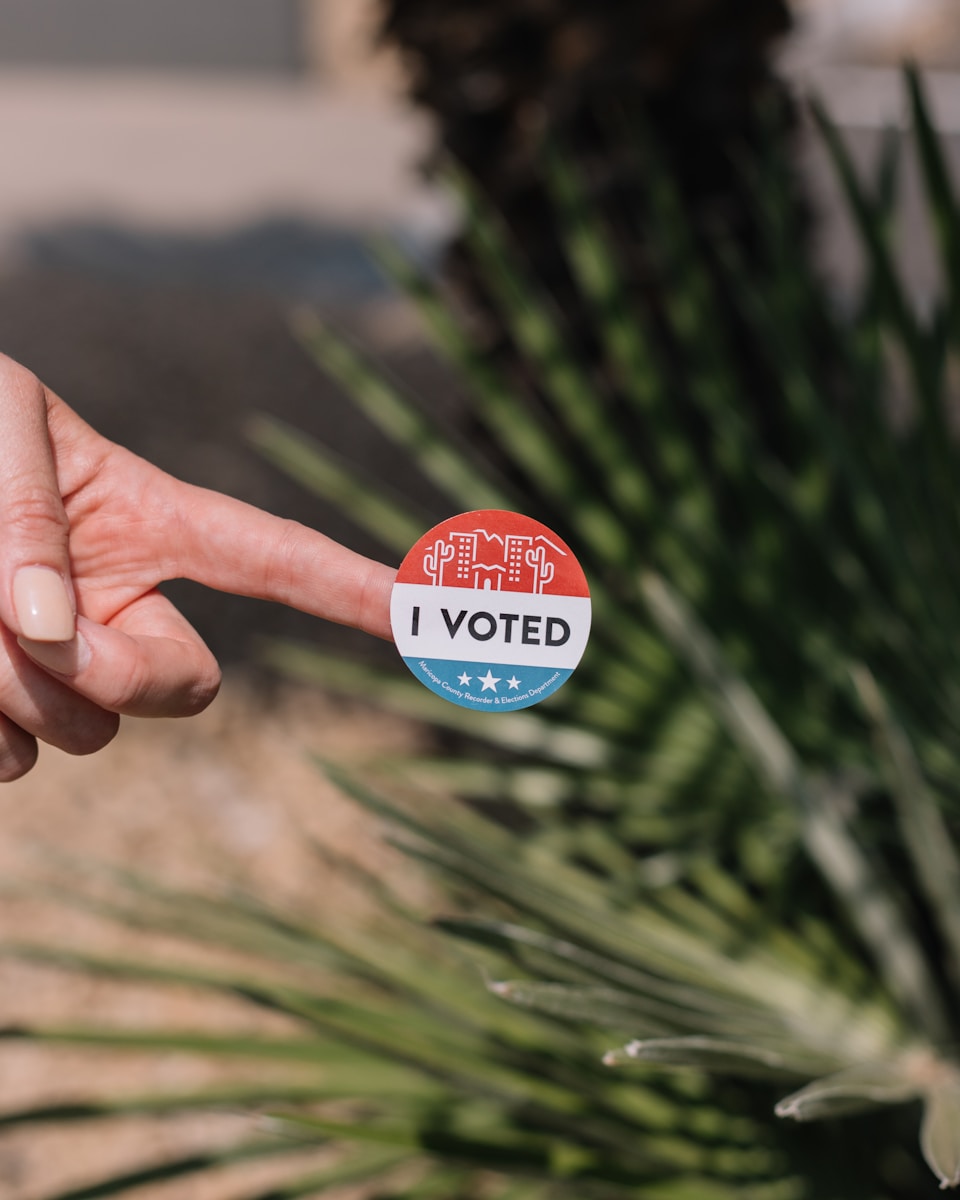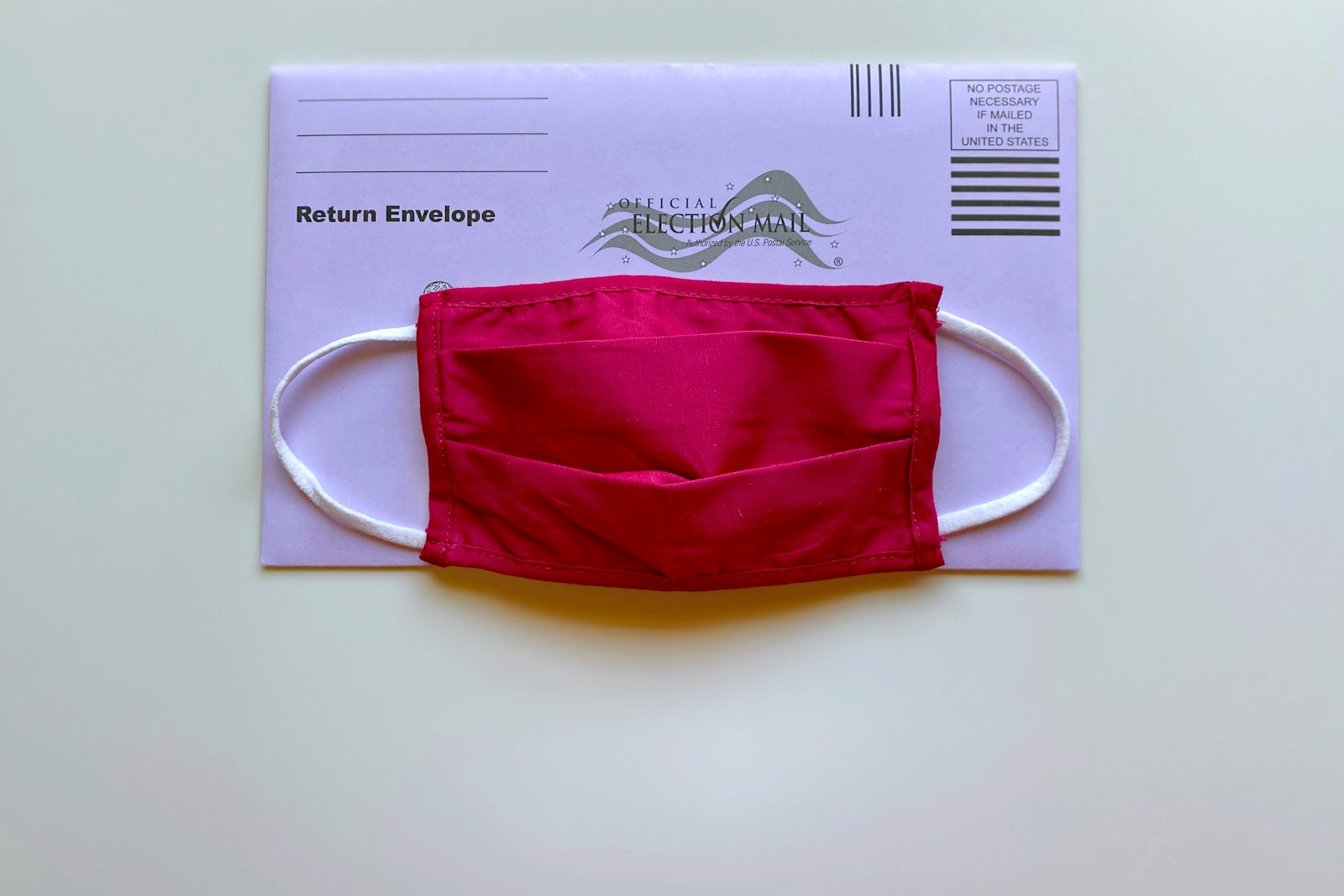Key Takeaways
- Bolivia heads to a second round vote for the first time since 1982
- Center right senator led the first round while right wing former president placed second
- Leftist vote sank and invalid ballots rose sharply
- High spoiled ballot rate shows deep voter frustration
- New leaders face a challenge to regain public trust
Election Goes to Runoff
Bolivia held its first round presidential vote on August 17 2025. In a surprise outcome no candidate reached fifty one percent needed to win outright. This result marks the first runoff since democracy returned in 1982. Now voters will choose between two candidates in October. A center right senator won about thirty two percent of the vote. A former right wing interim president followed with nearly twenty seven percent.
Rise of Invalid Votes
Invalid ballots made up more than one fifth of all votes cast. This level of spoiled and blank votes far outstripped any past elections. In fact invalid ballots outnumbered votes for the best left wing contender. In prior votes from 2006 to 2020 invalid ballots averaged only five percent. The surge reflects a broader protest by citizens. Many voters left ballots blank or marked them wrongly to show discontent.
Economic and Political Crisis
Bolivia once rode a wave of growth fueled by lithium and natural gas exports. However global prices fell and that boom ended in the 2010s. With its currency fixed to the US dollar and a heavy export focus the economy suffered. By 2024 the national debt rose to ninety five percent of GDP. Meanwhile fuel shortages spread across the country. International currency reserves plunged and inflation hit twenty four percent in July.
Promises of change came from all sides
Every candidate vowed to cut public spending and end fuel subsidies. They pitched strict economic measures as the only way out. Voters heard plans to shrink government and stabilize the currency. Yet these ideas did little to excite a frustrated electorate. Instead many citizens feel that no candidate can fix long term problems.
Split in the Left
A major reason for the poor left wing result lies in deep internal rifts. The former president built his power in the mid two thousands with strong social reforms. He helped cut poverty and grew the middle class. Yet critics accuse him of bending the rules and packing the courts. His bid for a fourth term got blocked by the constitutional court.
After his exile and return a new president from his circle took office in 2020. Yet that leader chose not to run again this year. Meanwhile rivals on the left failed to unify behind one face. Infighting drained public support as voters shifted away from all left wing options.
Morales Leads a Null Campaign
In late July the country felt a new force in the race. The former president began backing the invalid vote as a protest tool. He urged followers to spoil or leave ballots blank if they could not choose a candidate. In many Latin American nations such movements occur. They aim to demand cleaner elections and better leaders.
However such campaigns often struggle when led by a single politician. In this case the former president stood to gain influence if invalid votes rose. He even claimed he would have won if the null vote hit twenty five percent. Still his call resonated with a restless public tired of the same old faces.
What the Spoiled Votes Mean
High spoiled ballot numbers show a mix of protest and fatigue. Many citizens feel let down by years of slow economic growth and political scandals. They want fresh faces and new ideas that go beyond old battles. By spoiling their ballots they send a message to all politicians.
This surge in protest votes did not stop the runoff. In fact most Bolivians cast a valid vote for one of the two front runners. Yet the scale of invalid ballots means future leaders cannot ignore that anger. They must reach out to these disillusioned voters and offer real change.
A Shift to the Right
With two right leaning candidates left in the race Bolivia stands on a new path. For the first time in over twenty years a non left wing leader may take power. The center right senator built his campaign on fiscal reform and private investment. The former interim president pitched strong security measures and business friendly policies.
Both candidates promise to lift fuel subsidies but in different ways. One wants gradual cuts to ease the poor into higher prices. The other seeks faster reform backed by tough budget cuts. Voters face two visions of a right leaning future.
The Road Ahead
With a runoff set for October Bolivia enters a crucial phase. Campaigns will intensify as both contenders court undecided voters and former leftists. They must address economic woes and rebuild trust. Otherwise invalid ballots could rise again in future elections.
The new leaders must propose clear plans to curb inflation and stabilize the currency. They must also tackle corruption and strengthen democratic institutions. Only then can they win back the million plus voters who cast invalid ballots.
A Test for Democracy
Bolivia’s next president will inherit a divided society. The election exposed deep rifts over identity regional interests and economic hopes. Spoiled ballots sent a clear warning that many citizens feel unheard. Now the runoff offers a chance to unite or deepen those divisions.
Leaders must listen to the protest vote and act on it. They need to craft policies that span political lines and rebuild public faith. Otherwise future generations may again protest at the ballot box.
Conclusion
Bolivia’s 2025 election revealed a public ready for change but unsure where to find it. The high rate of invalid ballots underlines a broader crisis of confidence. Yet the runoff gives both candidates a fresh chance to reach frustrated voters. Whoever wins must prove they can deliver better lives and restore trust. Only then will the spoiled ballots turn into voices of hope rather than anger.



